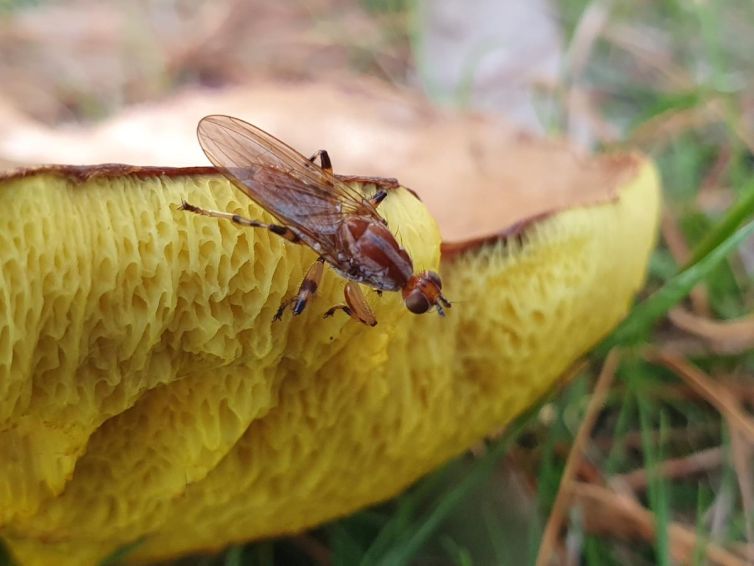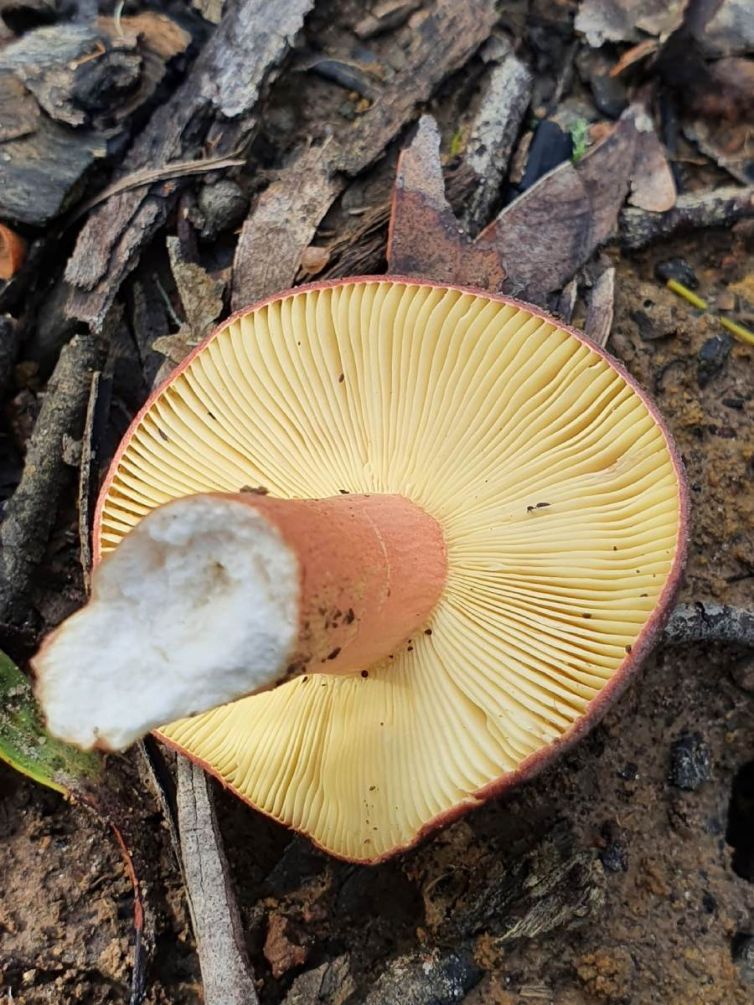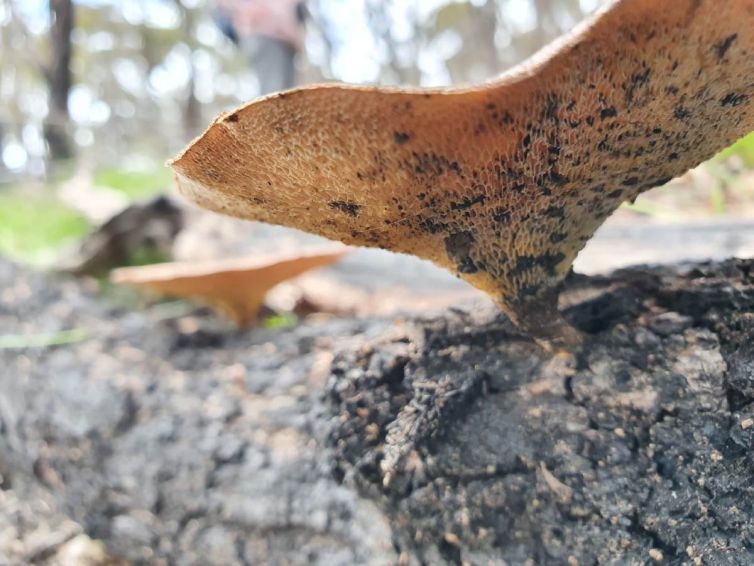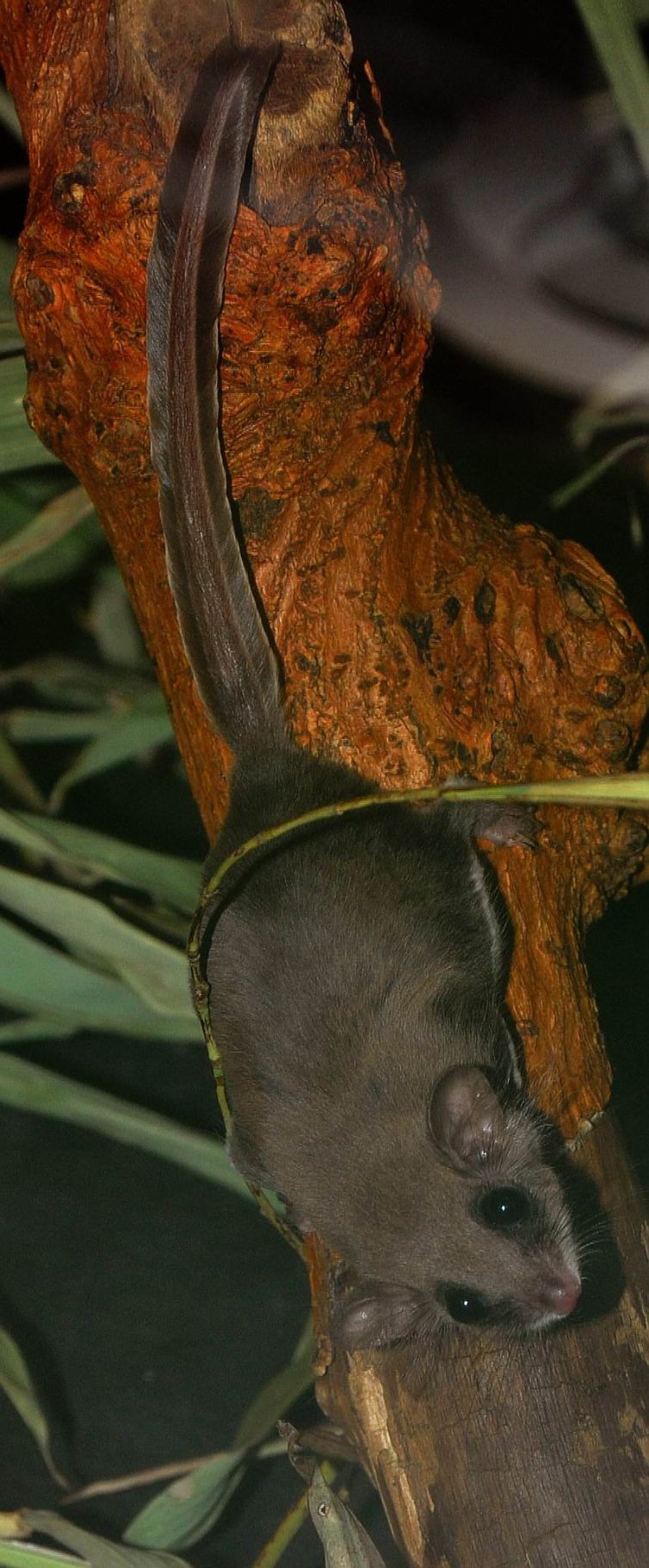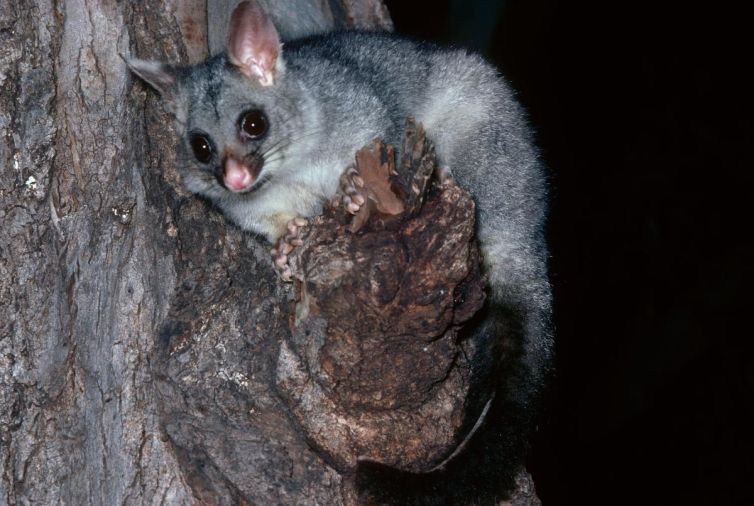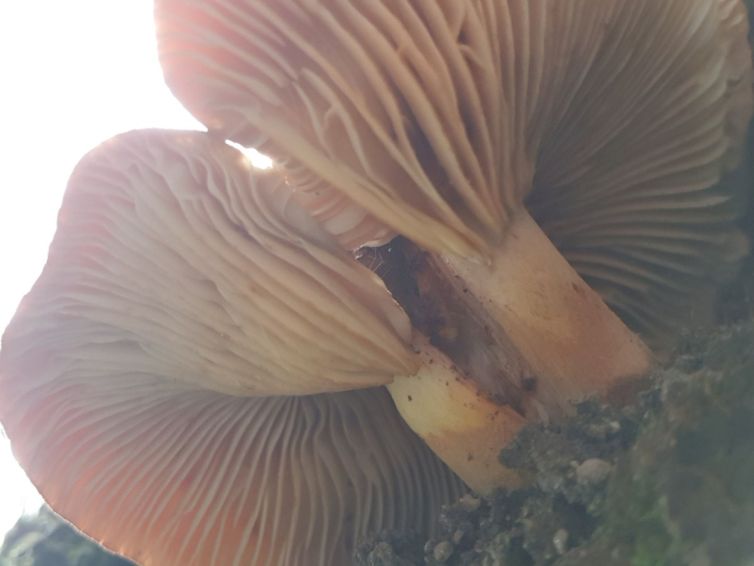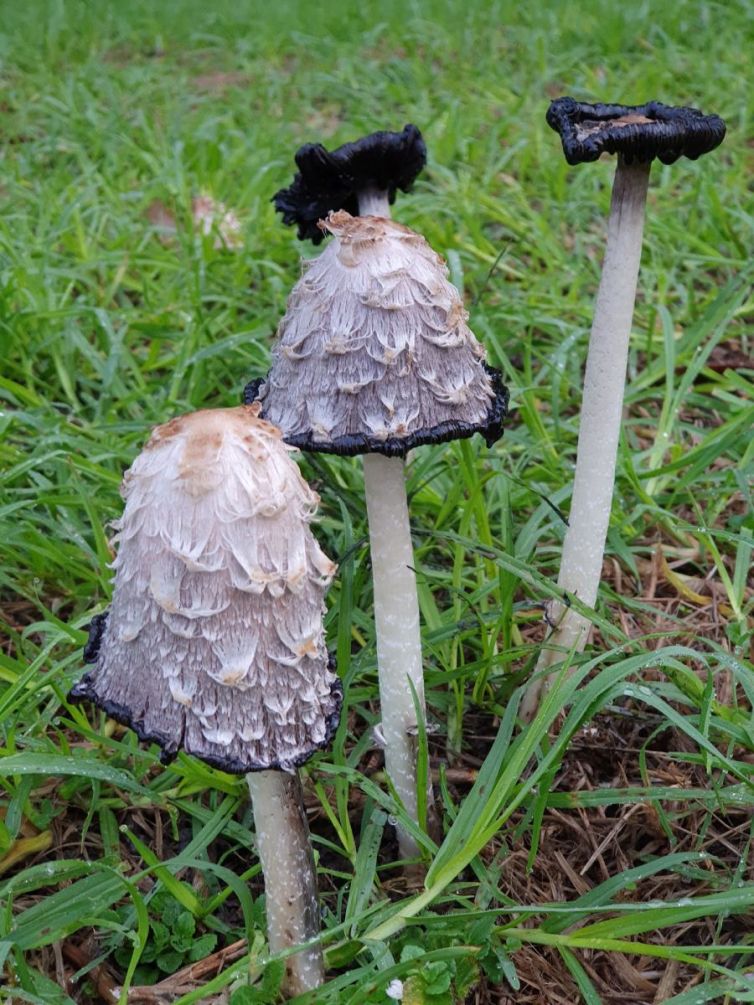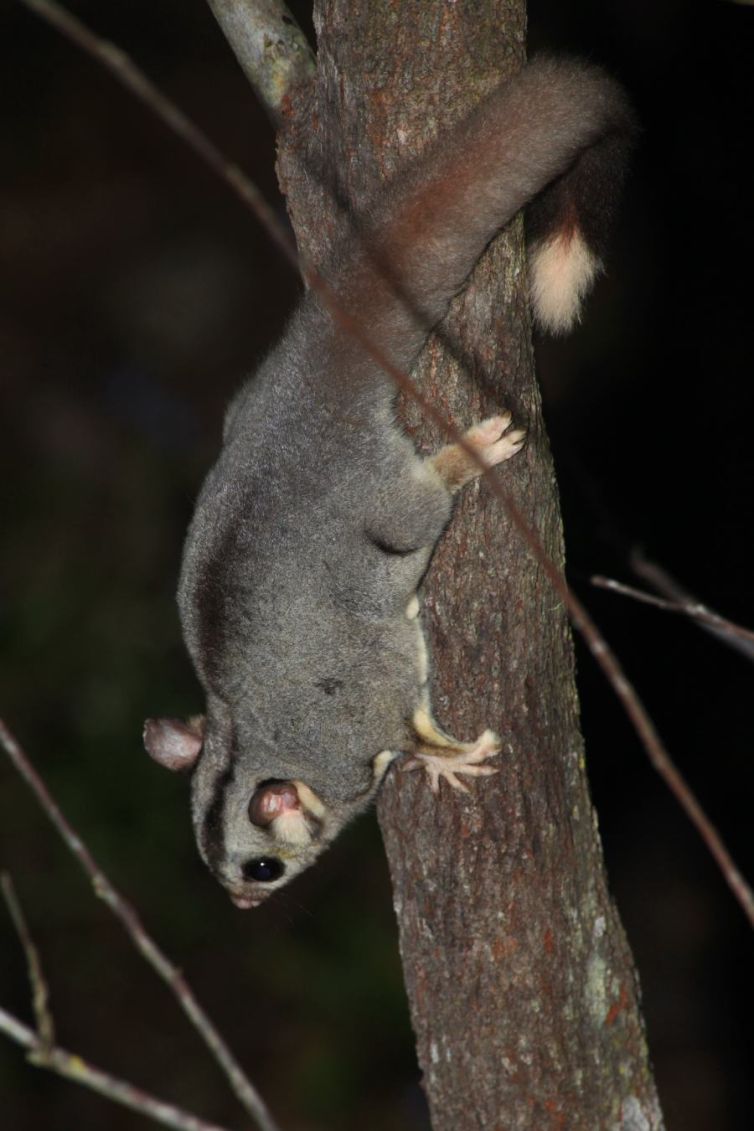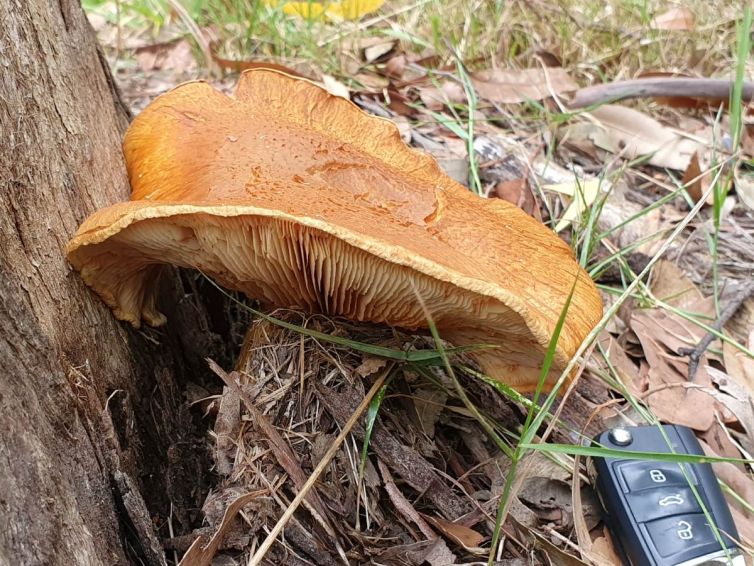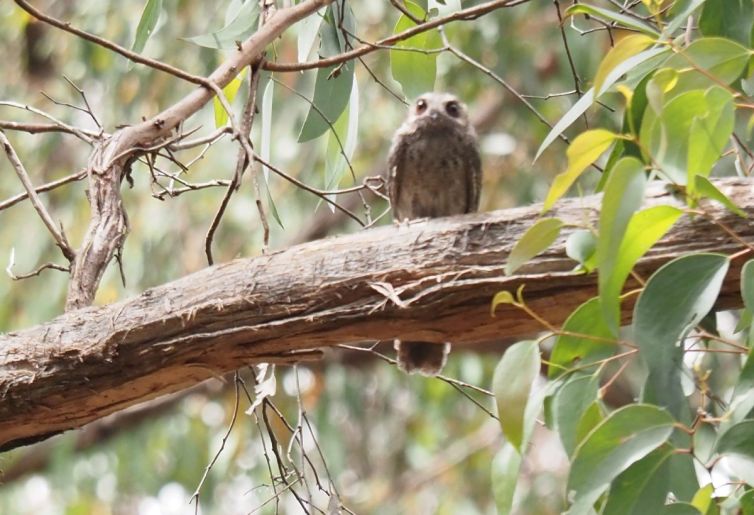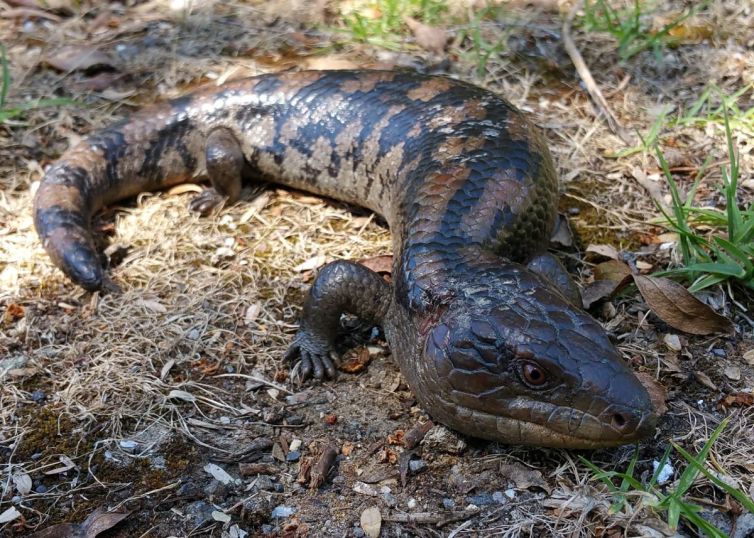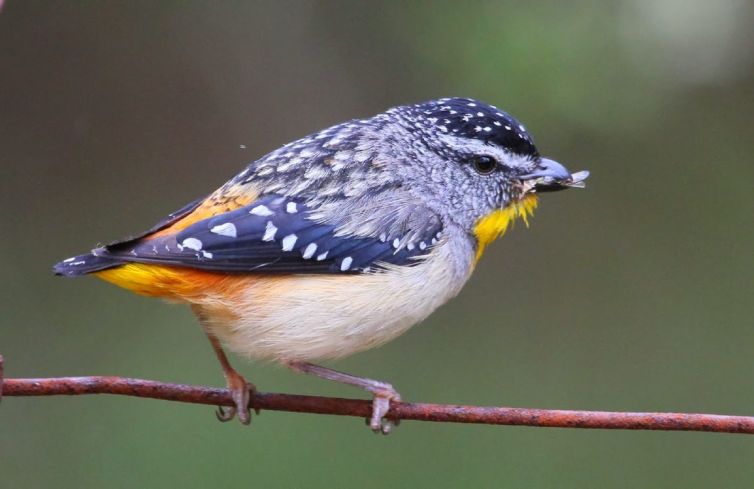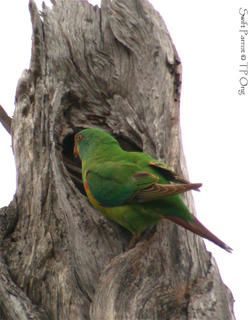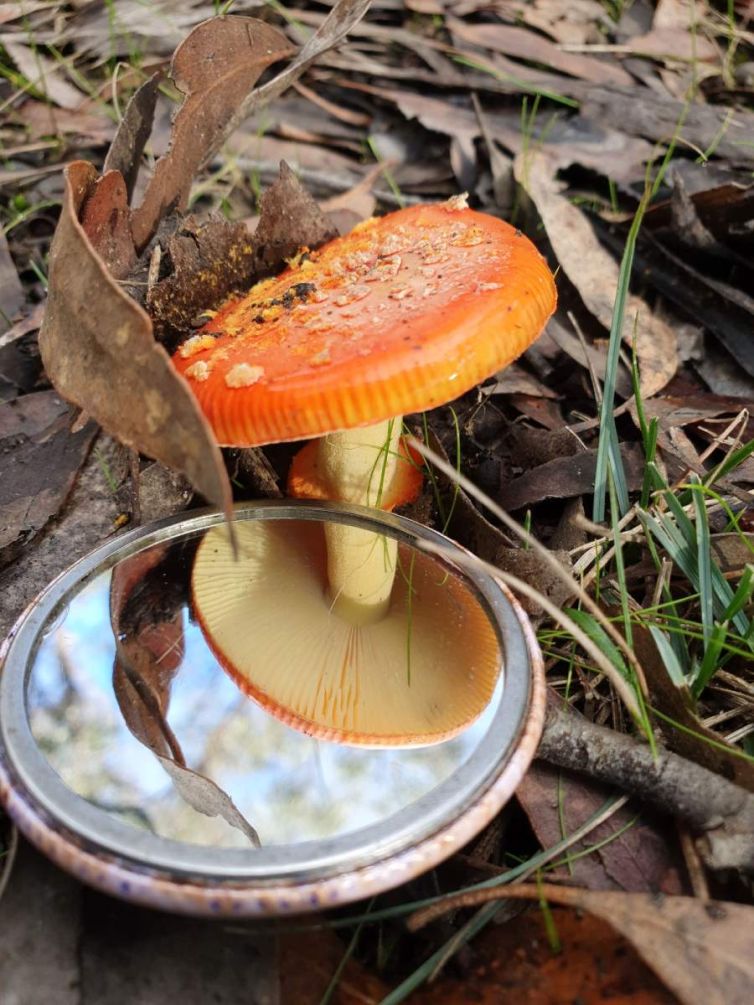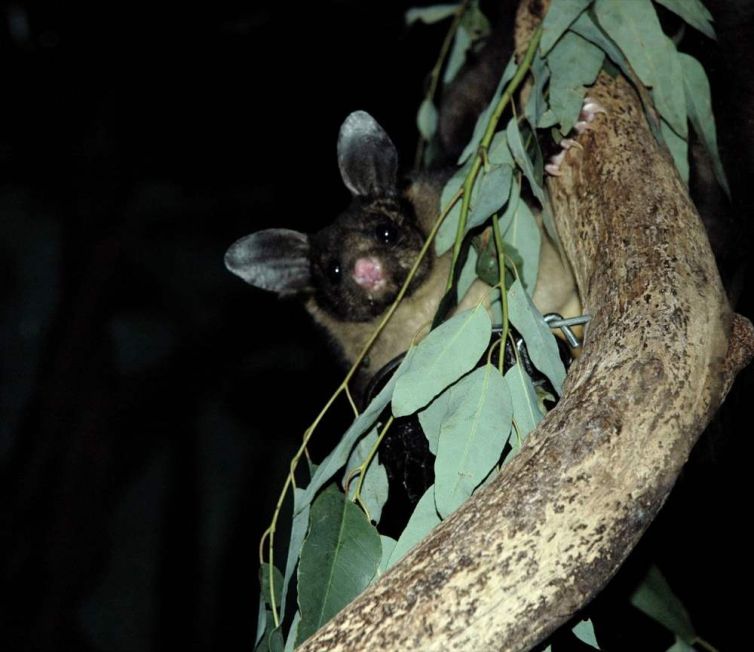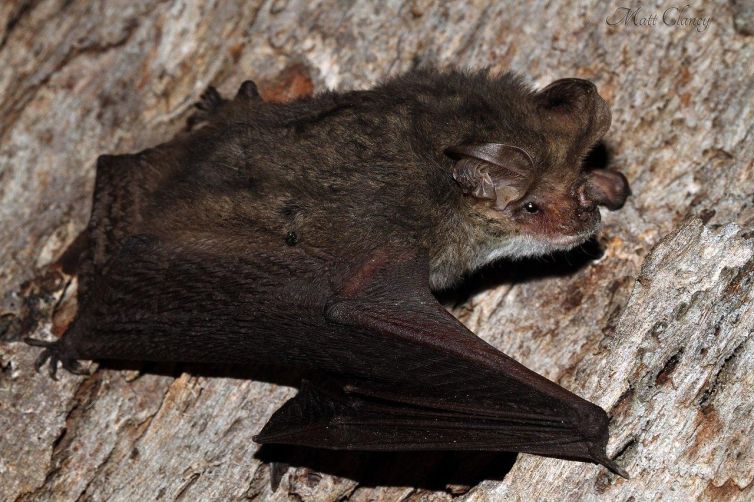Take a moment to look at the trees around you. Can you see any hollows? They might be large—suitable for possums, gliders, or parrots and cockatoos, or small for tiny microbats, pardalotes, or an Owlet Nightjar.
Most hollow users prefer small entrances they can just fit through. Other considerations include the depth of the hollow and degree of insulation. Hollows in fallen timber are also used by wildlife such as echidnas and blue-tongued lizards. If there are only a few hollows more aggressive hollow users such as Common Brushtail Possum will take over meaning smaller species have to make do with less suitable hollows.
Hollows are so important for so many animals and they take a long time to develop—100 years for a small hollow suitable for a Feathertail Glider, or 200 years for medium sized hollows for small parrots and even longer for hollows for large cockatoos and owls.
So, these trees that have hollows are precious—our birds, animals, insects, rely on them.
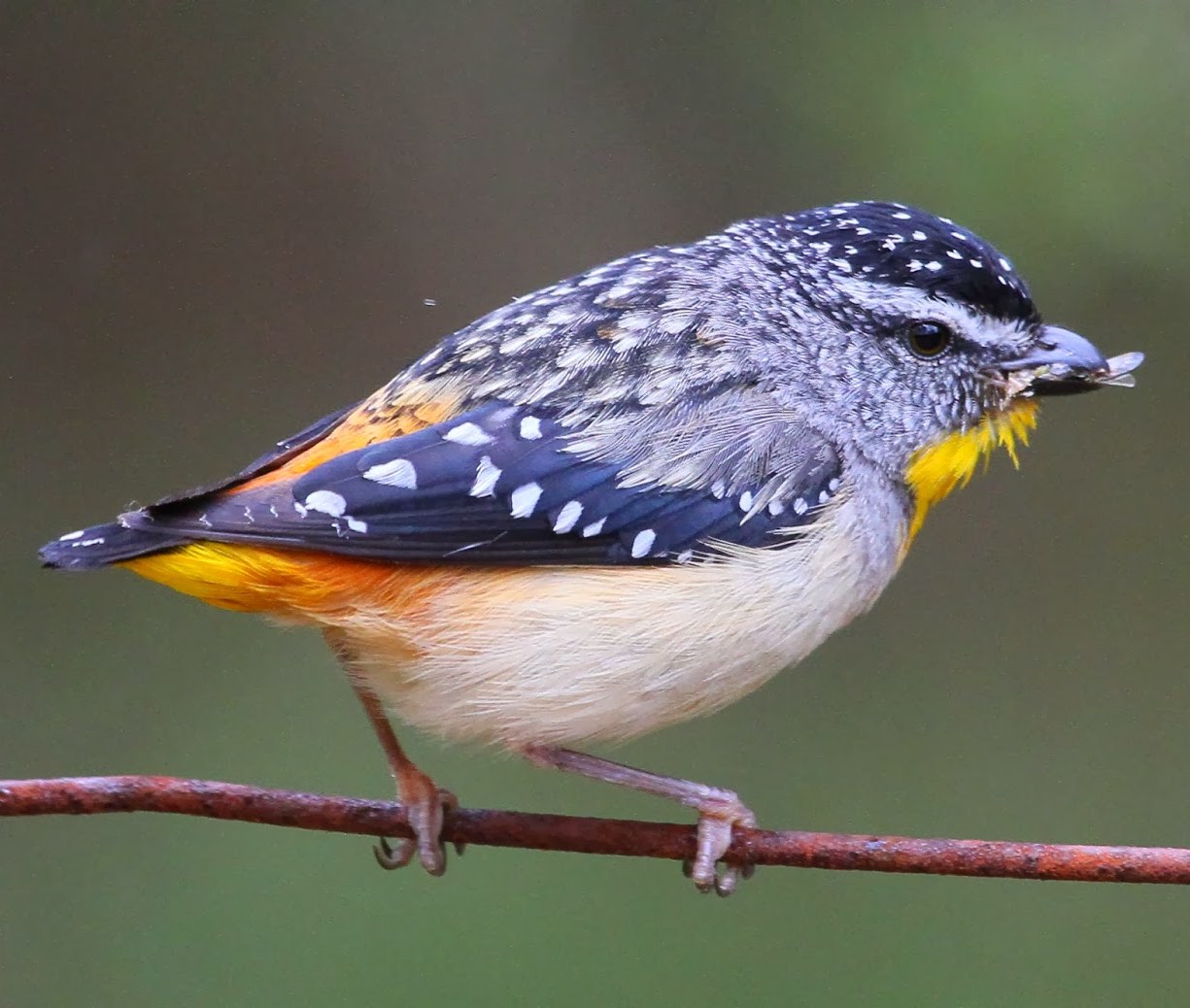
At certain times of the year mostly in the wetter months, many types of fungi start to appear. They can grow on the ground, on trees, both living and dead. One of their functions is to help break down the cellulose on fallen trees and eventually the tree becomes lovely humous that provides habitat for new plants to grow in. Imagine if we had no fungi—dead vegetation would just pile up and up…
Fungi are a beautiful and diverse group—they have their own kingdom—the Fungi Kingdom. There are gilled fungi, boletes with a spongy underside, shelf fungi, coral fungi, jelly fungi and puffballs.
There are large fungi—like dinner plates and tiny fungi like the tiny red Mycena. Sometimes it is handy to look closely with a magnifying glass or take a photo and enlarge it to see the detail. It’s also useful to carry a small mirror to check the underside to help with identification.
The fungi that you see are the fruiting bodies that appear with rain, the main part of the fungi is the underground mycelium which form enormous webs and benefit the trees and other plants especially the orchids in a symbiotic relationship. They are essential for the health and diversity of the forest. How many different species of fungi can you find? Remember to wash your hands if you have touched them.
Sugar Glider (Photo by Keith McLean)
Owlet Nightjar (Photo by Alison Watson)
Swift Parrot (Photo by Alison Watson)
You can scan the QR code at each of the following interpretive signs to learn more about the plants and wildlife in this area:

